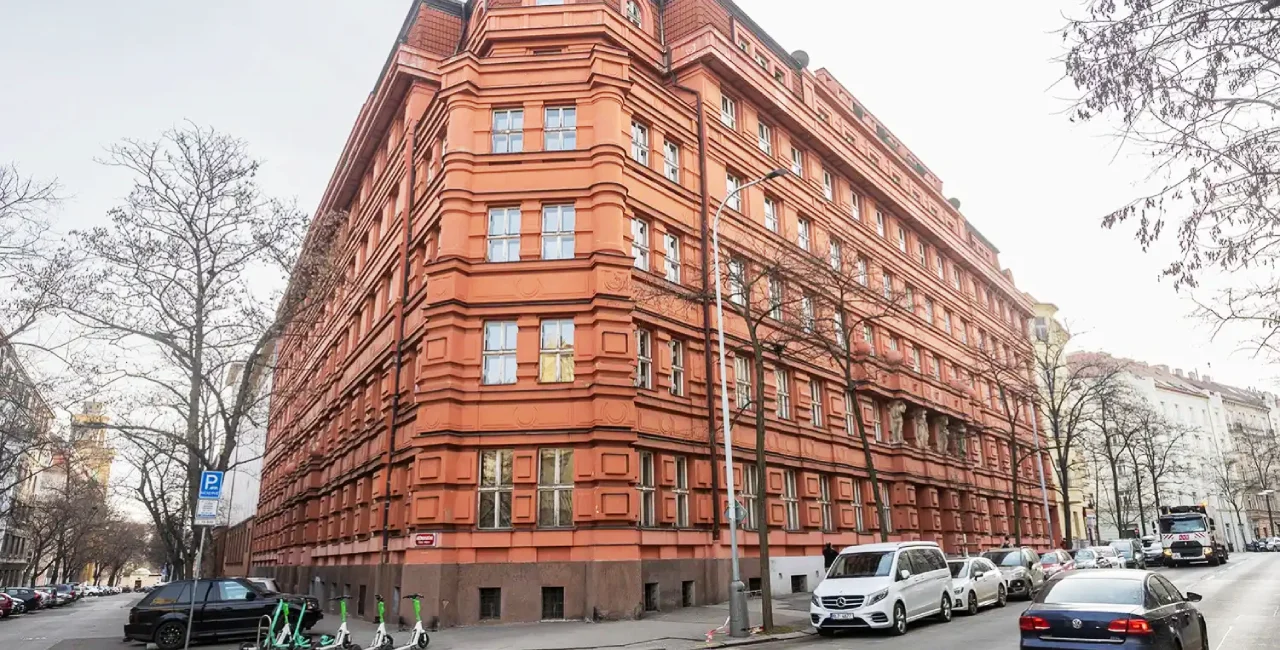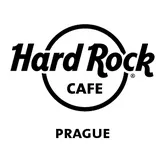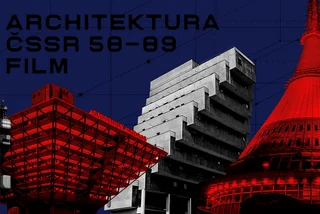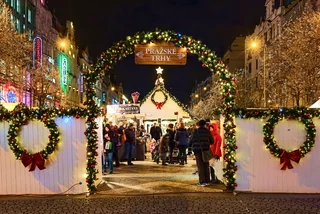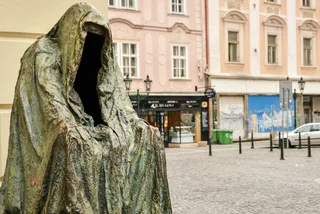Where else can you explore a dormitory built for Communist Party students, wander through a baroque garden hiding a winter pavilion, explore a forest kindergarten, and experience a simulated walk as a blind person—all in a single weekend?
Open House Prague 2025, running from May 12 to 18, invites the public to discover 125 buildings and spaces in the Czech capital that are typically closed to visitors. While the festival showcases architectural landmarks, it also highlights the city's more unconventional sites, offering a unique perspective on Prague's diverse urban landscape.
The festival will officially kick off from Monday, May 12, with a week-long program of accompanying events including workshops, debates, and film screenings. The main event will culminate during the weekend of May 17-18 as more than ten dozen normally-inaccessible spaces across Prague open their doors.
A focus on unconventional educational spaces
This year's festival theme of Past Heritage, Future Challenges emphasizes the evolving nature of educational environments. Architect Osamu Okamura curates a series titled Schools for Future Generations, focusing on innovative educational designs.
One notable site is the revitalized Českobrodská High School in Hrdlořezy. Originally constructed in the 1970s, the school now boasts energy-positive features, including self-generated electricity, an on-site water treatment facility, and automated climate controls. Its green roof garden and climbing greenery exemplify sustainable design.

Another highlight is the Pavilion for Tropical Agriculture at the Czech University of Life Sciences in Suchdol. This modern greenhouse utilizes plants to regulate its microclimate, reducing energy consumption. The pavilion received the Adapterra Award for its exemplary sustainable architecture.
Visitors can also explore the forest classroom of Milíčův Dům Kindergarten in Kapslovna Park, Žižkov. Opened in September 2024, this facility comprises three wooden buildings equipped with a bedroom, dining area, and composting toilets, reflecting a blend of traditional and modern educational approaches.
Dormitories with historical significance are also featured. The Krystal Center in Veleslavín, initially intended for Communist Party students, now serves as a hotel and university facility, retaining its post-war architectural elements.
The Švehlova dormitory in Žižkov (pictured at top), celebrating 100 years since its construction in 1925, showcases a striking rondocubist design and houses a theater hall now used by the Venuše ve Švehlovce ensemble. The architectural style, also called Czech Art Deco, is completely unique to the Czech lands.
Rediscovered historical sites
The festival also sheds light on Prague's forgotten and repurposed historical structures. Illustrator Jan Šrámek's depiction of the demolished Prague-Těšnov Station commemorates its 150th anniversary and 40 years since its demolition. The station's legacy prompts discussions on urban development and preservation.

Attendees can visit the former locomotive depot at Masaryk Railway Station, which is celebrating 180 years since the arrival of Prague's first passenger train. Designed by Anton Jüngling under Viennese architect Paul Sprenger's supervision, the depot will transform into the Railway and Electrical Engineering Museum by 2030.
Visitors interested in unique architectural features can also explore the EGAP Palace in Vodičkova Street, notable for its functioning paternoster elevator and rooftop terrace offering panoramic city views.

This year's Open House Prague festival provides an opportunity to engage with the city's multifaceted architectural heritage, from innovative educational spaces to rediscovered historical sites. A full list of participating venues, all of which are free to visit without prior registration, can be found at the Open House Prague website.












 Reading time: 2 minutes
Reading time: 2 minutes 